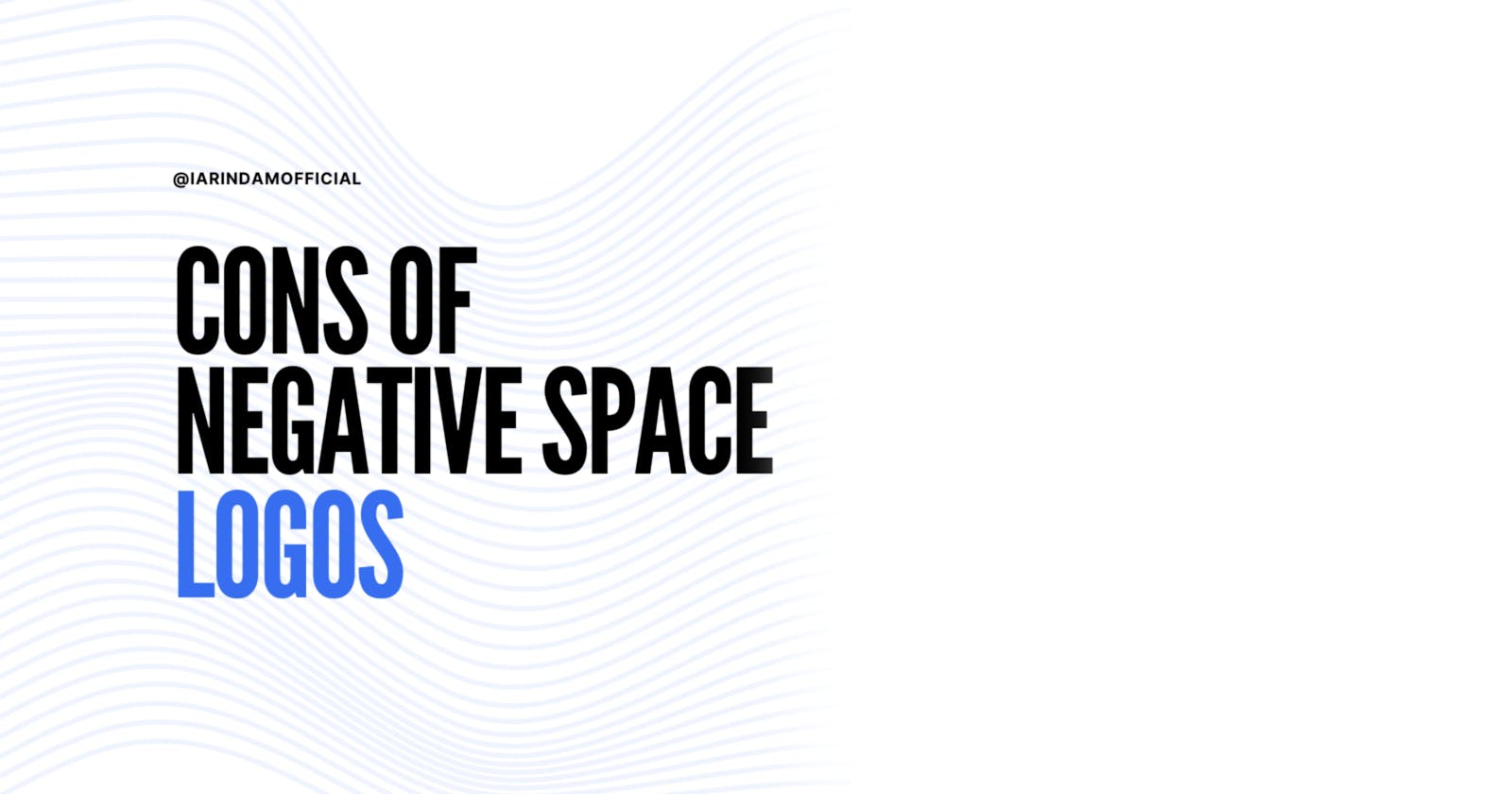Cons of Negative Space Logos, Balancing the Equation
Unveiling the Challenges, Navigating the Delicate Balance Between Creativity and Clarity in Negative Space Logo Design
In the ever-evolving realm of logo design, negative space logos have emerged as a creative force, captivating audiences with their ingenious use of visual elements. However, as with any design approach, the allure of negative space logos comes hand in hand with a set of challenges that demand a delicate equilibrium. In this article, we delve into the twelve key cons of negative space logos, exploring how businesses must navigate the fine line between creativity and clarity.
1. Complexity of Design: Crafting a negative space logo demands a delicate dance between simplicity and complexity. Achieving a design that is both visually appealing and conveys a clear message requires a nuanced approach. In some cases, the complexity may border on confusion, making it challenging for viewers to grasp the intended meaning.
2. Risk of Misinterpretation: Negative space relies heavily on the viewer's ability to perceive the hidden imagery. However, the risk of misinterpretation looms large. Not everyone may immediately discern the intended message, leading to potential confusion about the brand's identity and values.
3. Limited Detail: The minimalist nature of negative space logos can be a double-edged sword. While simplicity is a hallmark of effective design, the constraint of limited detail may pose challenges for businesses seeking to communicate a complex brand story or convey a multitude of services through their logo.
4. Scalability Issues: Maintaining a logo's integrity across various sizes is a crucial consideration. Negative space logos, in their pursuit of simplicity, may encounter scalability issues. When scaled down, the visibility and clarity of hidden elements could be compromised, impacting the logo's recognizability.
5. Relevance to Industry: Negative space logos may not be a one-size-fits-all solution. While they can be highly effective for certain businesses and industries, they may not align with the nature or values of others. Adopting a negative space approach without considering industry relevance could dilute the impact of the logo.
6. Cultural Sensitivity: The interpretation of symbols can vary across cultures. Negative space logos that rely on universally recognizable imagery may inadvertently convey different meanings in diverse cultural contexts, leading to potential misunderstandings and challenges in global markets.
7. Brand Personality Alignment: The minimalist aesthetic of negative space logos may not align with every brand's personality. Brands with a vibrant, dynamic image may find it challenging to encapsulate their essence within the constraints of negative space, potentially leading to a disconnect with their target audience.
8. Limited Color Palette: Negative space logos often thrive on a limited color palette to maintain simplicity. While this can be aesthetically pleasing, it may pose challenges for brands that rely on a broader spectrum of colors to convey emotions or signify specific attributes.
9. Lack of Immediate Recognition: Unlike more traditional logos that rely on explicit imagery, negative space logos may not offer immediate recognition. The subtlety of hidden elements might require viewers to invest more time in deciphering the design, potentially hindering the logo's effectiveness in creating instant brand recall.
10. Branding Consistency: Maintaining consistency across various brand touchpoints is crucial for effective branding. Negative space logos, due to their intricate design, may face challenges in replicating the same level of detail and precision across different mediums, impacting overall brand consistency.
11. Difficulty in Customization: Customizing a negative space logo to reflect specific promotions or events can be challenging. The intricate balance of elements might not lend itself well to modifications, limiting the logo's adaptability to evolving marketing strategies.
12. Evolving Design Trends: Design trends are constantly evolving, and what may be trendy today might not necessarily stand the test of time. Negative space logos, deeply rooted in contemporary design sensibilities, run the risk of becoming outdated as design preferences shift.
In conclusion, while negative space logos undeniably showcase the prowess of creative design, businesses must carefully navigate these cons to strike a balance between innovation and clarity. Acknowledging the potential challenges and tailoring the approach to suit the brand's identity will ensure that negative space logos continue to captivate audiences without compromising on effectiveness. As with any design choice, thoughtful consideration and adaptation are key to creating a logo that not only looks good but also effectively communicates the essence of a brand.
Follow me on Linkedin: linkedin.com/in/iarindamofficial
If you enjoy reading blogs like these and want to support me, consider subscribing to me on youtube. It’s free, and it will help me be motivated to create more useful content like this.
